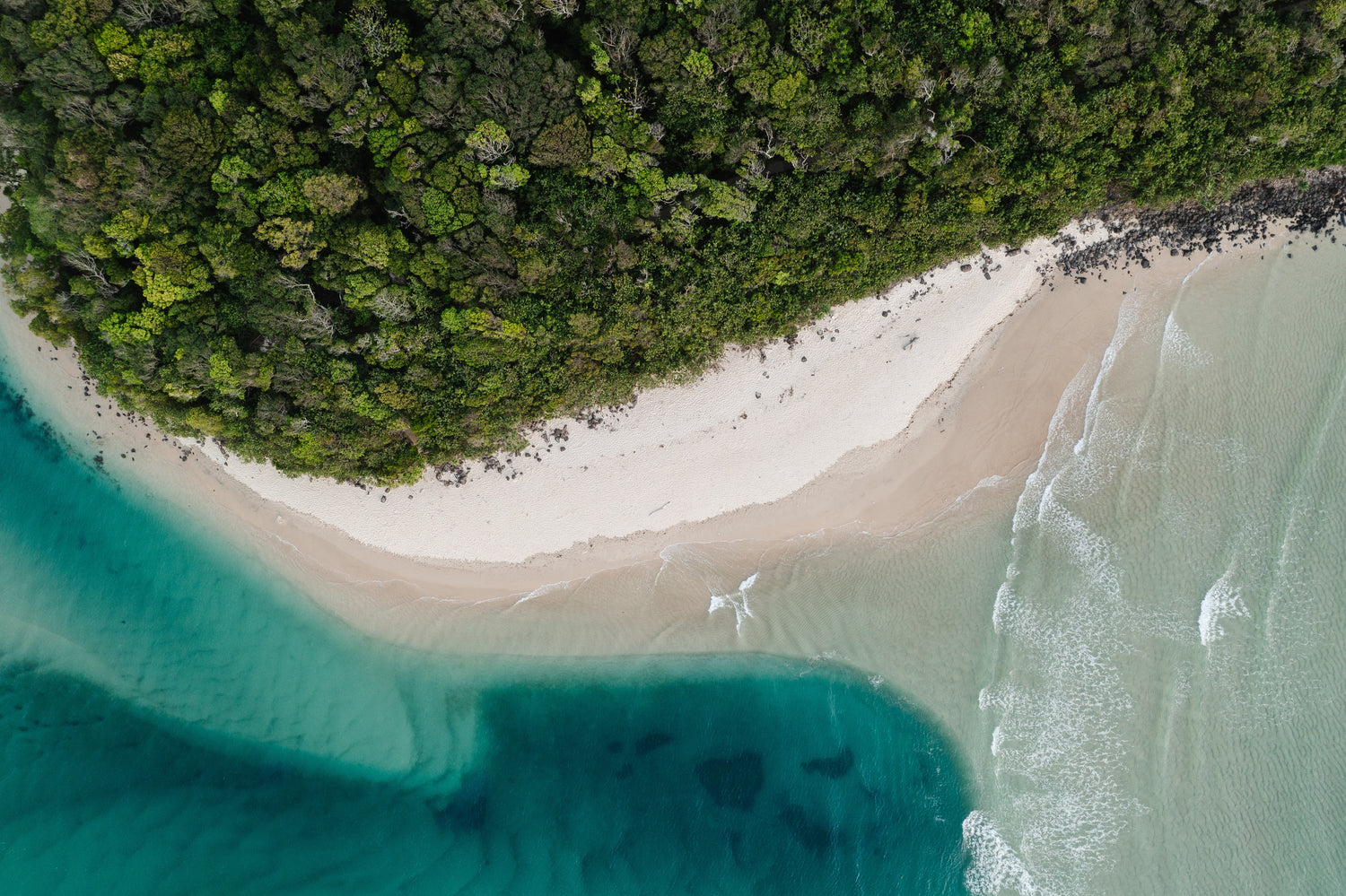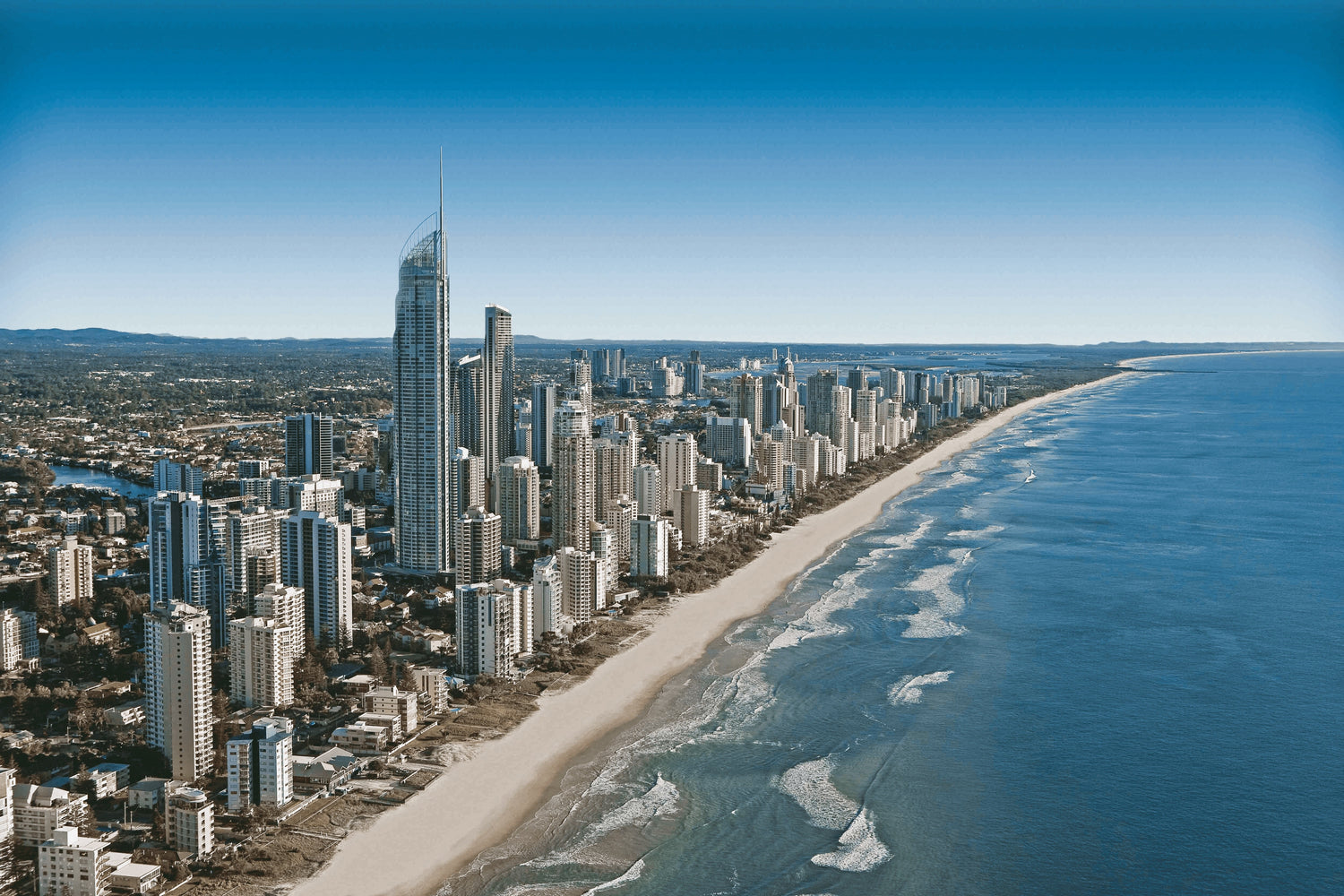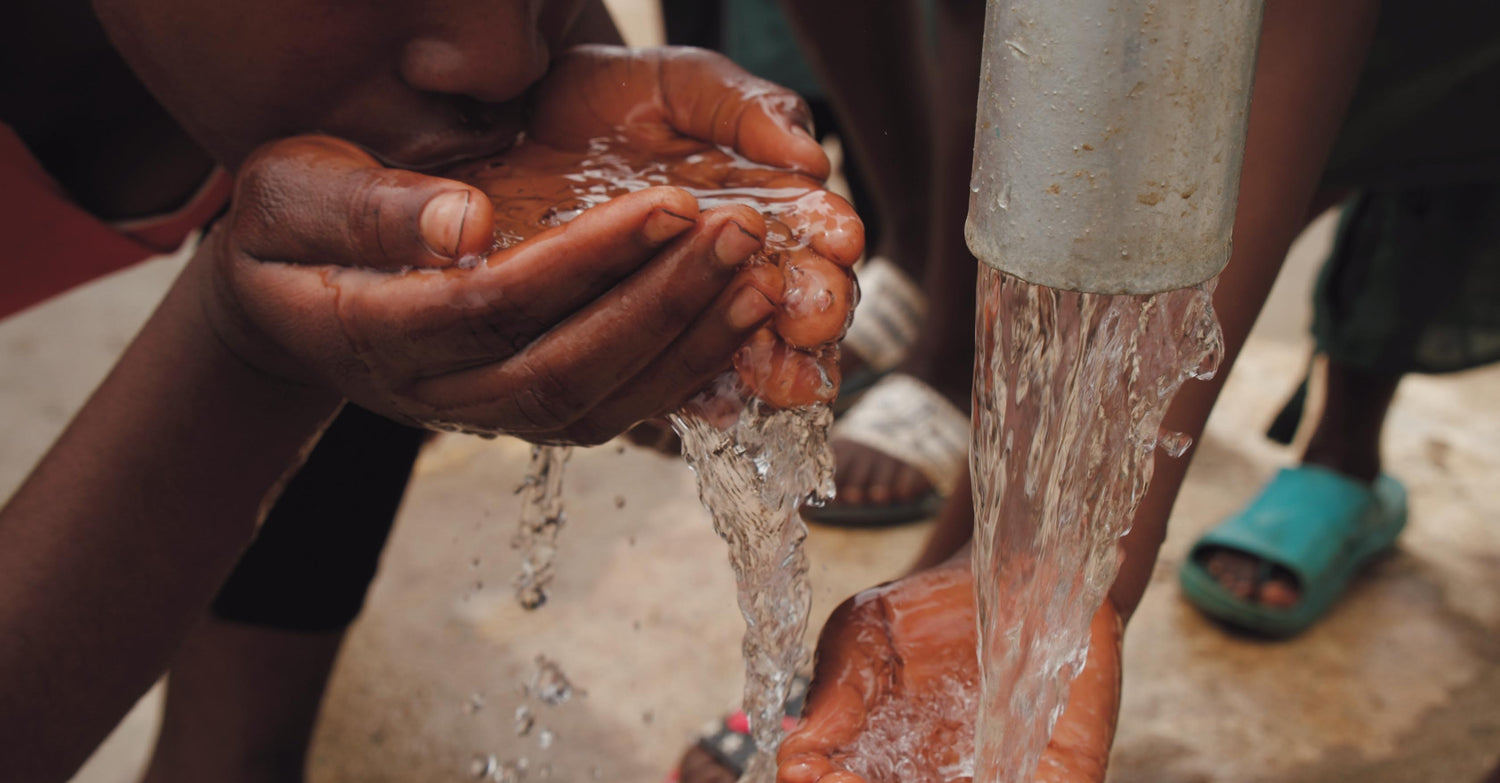
The Problem
Sea level rise refers to the increase in water levels of Earth's oceans. The sea level rise is having an enormous effect on the planet, destroying infrastructure, fauna and way of life. This issue is silently occurring across the planet with very little attention being brought to it. 40% of all humans live along the coast. This means that 3,000,000,000 people can and will be affected by the sea level rise. In 2021, global mean sea level was 97 millimeters (3.8 inches) above 1993 levels, making it the highest annual average in the satellite record (1993-present). As oceans rise, life across the planet is at risk of loosing it's existence.

Infrastructure
New York, Sydney, London, Amsterdam. 14 of the 17 major cities are located near the ocean. With little to no way to obstruct it, coastal flooding can destroy entire city blocks, coastal communities and national parks. Many third world nations rely heavily on tourism for their economy. By devastating popular tourist destinations, entire countries can collapse. Massive displacement means crisis. If we choose to stand by and watch, the world will slowly come to a gruesome halt.

Wildlife
From nesting grounds, to lack of fresh water, the sea level rise presents major issues to wildlife across the globe. As the sea grows ever closer, the area animals nest on continues to shrink. With less space comes smaller numbers. If populations especially endangered ones cannot maintain or increase their numbers, they face imminent extinction. Fresh water is another affected factor. Increasing salinity levels in freshwater drinking pools are causing species to fail. A decline in one species can throw an entire ecosystem out of balance. If our actions continue, our wildlife will be increasingly more threatened.

Health
The sea level rise can effect more than just our shelter and ecosystems. In many countries, populations rely on wells as a source of potable water. With an increase in the sea level, wells across the world are mixing with salt water. This contamination of a vital supply of water can destroy populations. Lower income communities are further at risk as they are less likely to have the ability to build a new well or prevent the contamination. This same principle applies to food and crops. If a field/plantation is flooded with salt water, the crops will die leaving the farmer without a harvest and potentially millions without a source of food.
